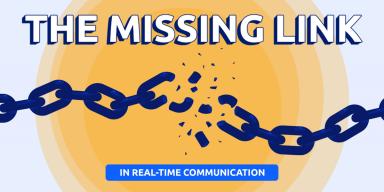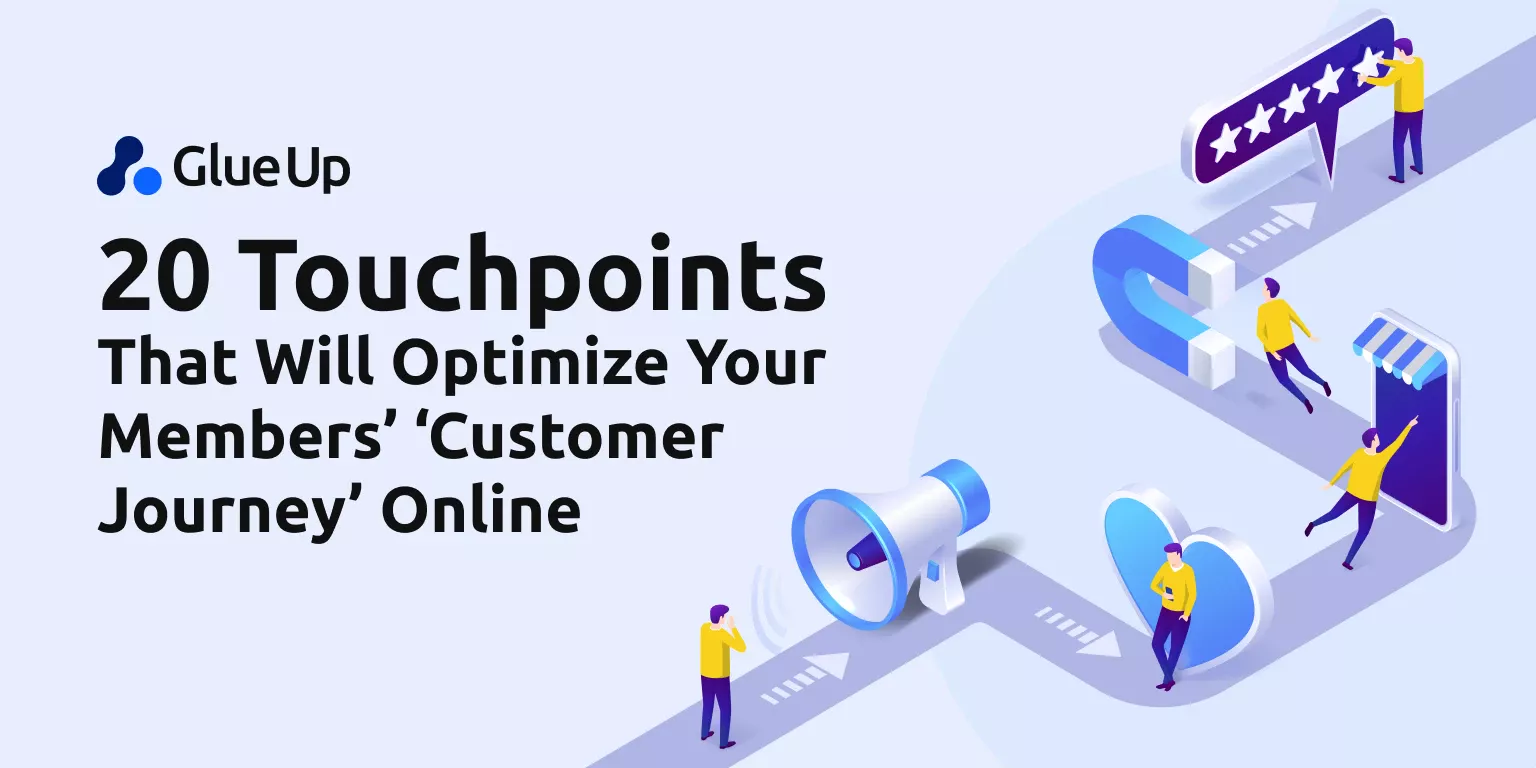
When you are using a customer journey map, you are working toward progressing the person in question from a lead into a customer and then into a lifetime supporter of your brand.
In other words, once they've become paid buyers of your product or service or taken part in an event that you organized, the next step is to encourage them to sign up for additional programs or products that will give them even more value from their purchase.
It's not just about keeping them satisfied; it's also about keeping them connected with your organization, so they will keep on participating and supporting all of the things you do.
As managers planning, the ability to focus on the various touchpoints of the customer journey allows you to learn what your members think about your organization, what they want to see more of, and how you can make their experience even better.
If you pay attention to their journey, you will easily be able to connect with them through all types of media because you have a clear idea of what they want.
In this article, we'll speak about the importance of this journey and how specific touchpoints can help make the journey even better. We’ll then dive deep into 20 touchpoints that are most critical in the customer journey.
Quick Reads
- What is a customer journey map and how does it work?
- How can you use customer journey mapping for your organisation's success?
- The 20 touchpoints that will optimize your members' 'customer journey' online
- Conclusion
What is a customer journey map and how does it work?
A customer journey map is a diagram that shows you the path your customers take through their interaction with your company – from the time they first learn of your organization to when they decide to become members.
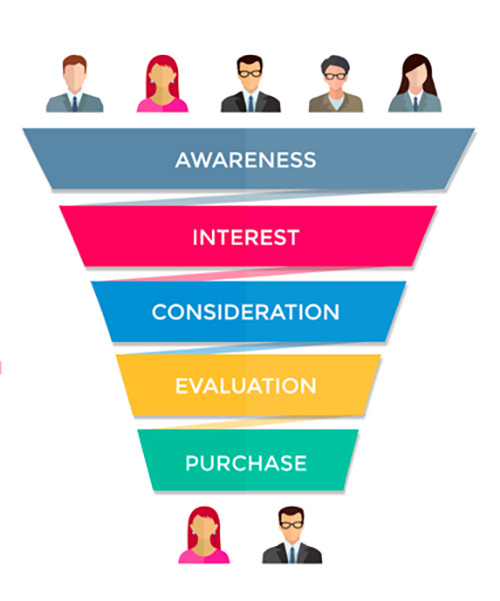
Credit: Recommend
In fact, the customer journey roadmap consists of different stages and is typically defined as such:
- Awareness
- Interest
- Consideration
- Evaluation
- Purchase
The idea behind this type of process is that if you can figure out what needs and wants cause people to buy your products or services, then you know how to follow up with them after they've joined. For example, if someone joins an event because he or she values the opportunity for supporting a local community group, it makes sense for you to send an email trying to sell them something similar later on.
This is also the reason why you will see many sites asking for your name and email address right off the bat. They want to be able to follow up with you as part of their customer journey.
How can you use customer journey mapping for your organization's success?
Let's say that you have just purchased a membership online. How do you feel? Now, let's say you've been a member for a while – how do you feel now?
These are the questions that are subconsciously going through your customers’ minds. If someone is enjoying benefits from your organization, they will continue to make purchases and also spread the word about your good work.
This is when it makes sense to encourage members to sign up for even more programs and products if they value what your organization already offers them.
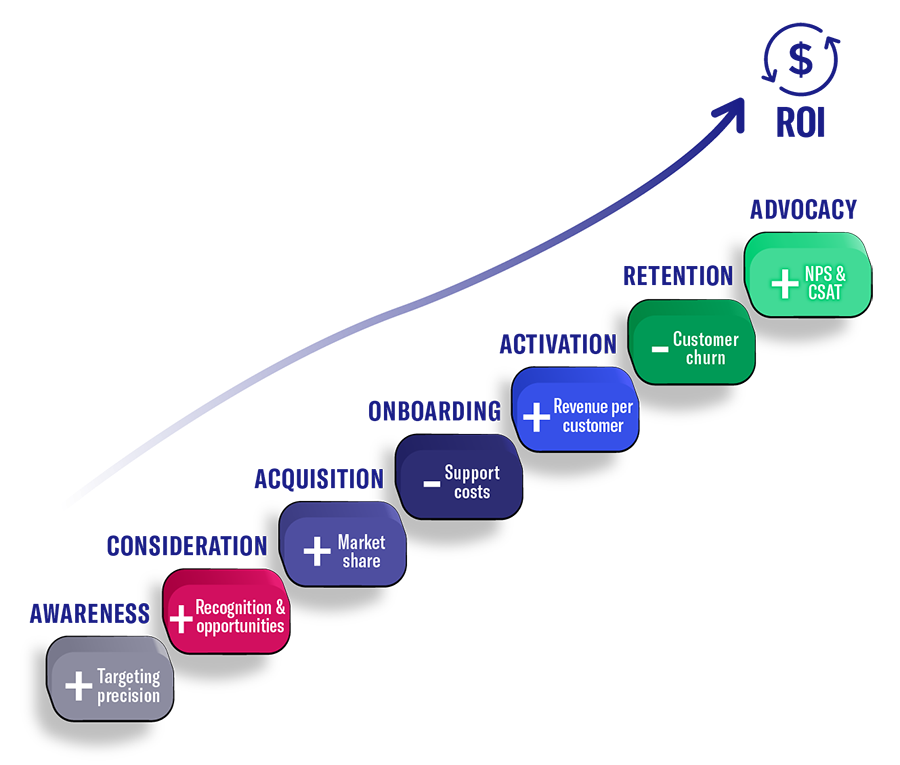
Credit: NG DATA
If you don't track how far someone has gotten through the customer journey (i.e., when they've made a purchase, become a member, and perhaps purchased additional products), then you won't have as much information to encourage them to keep moving along the customer journey.
The 20 touchpoints that will optimize your members' 'customer journey' online
The following are 20 touchpoints (in no particular order) that you can use in putting together a customer journey map for your organization.
1. Customers create their account
This doesn't have to be a long or involved process – simply having them sign up for an account or profile that they can access from multiple places is important.
Remember, you want to give them an easy way to connect with your organization, which means they should be able to do it quickly and easily.
2. Customers create their shopping cart
To capture information about the types of products and services you provide, you want your customers to locate what they need and then add it to their cart.
This way, you can continue to offer them suggestions based on past purchases in addition to features they haven't yet bought from you. Keep in mind that the shopping cart is a vital part extension of your customer journey map.
3. Customers are asked a question about their interests and needs
When you want to know more about potential customers, you can provide them with surveys and/or questionnaires, asking questions about what they need or what their budget is for making purchases. Their answers should give you an idea of where to guide them next based on the product or service they've selected in your store/shop.
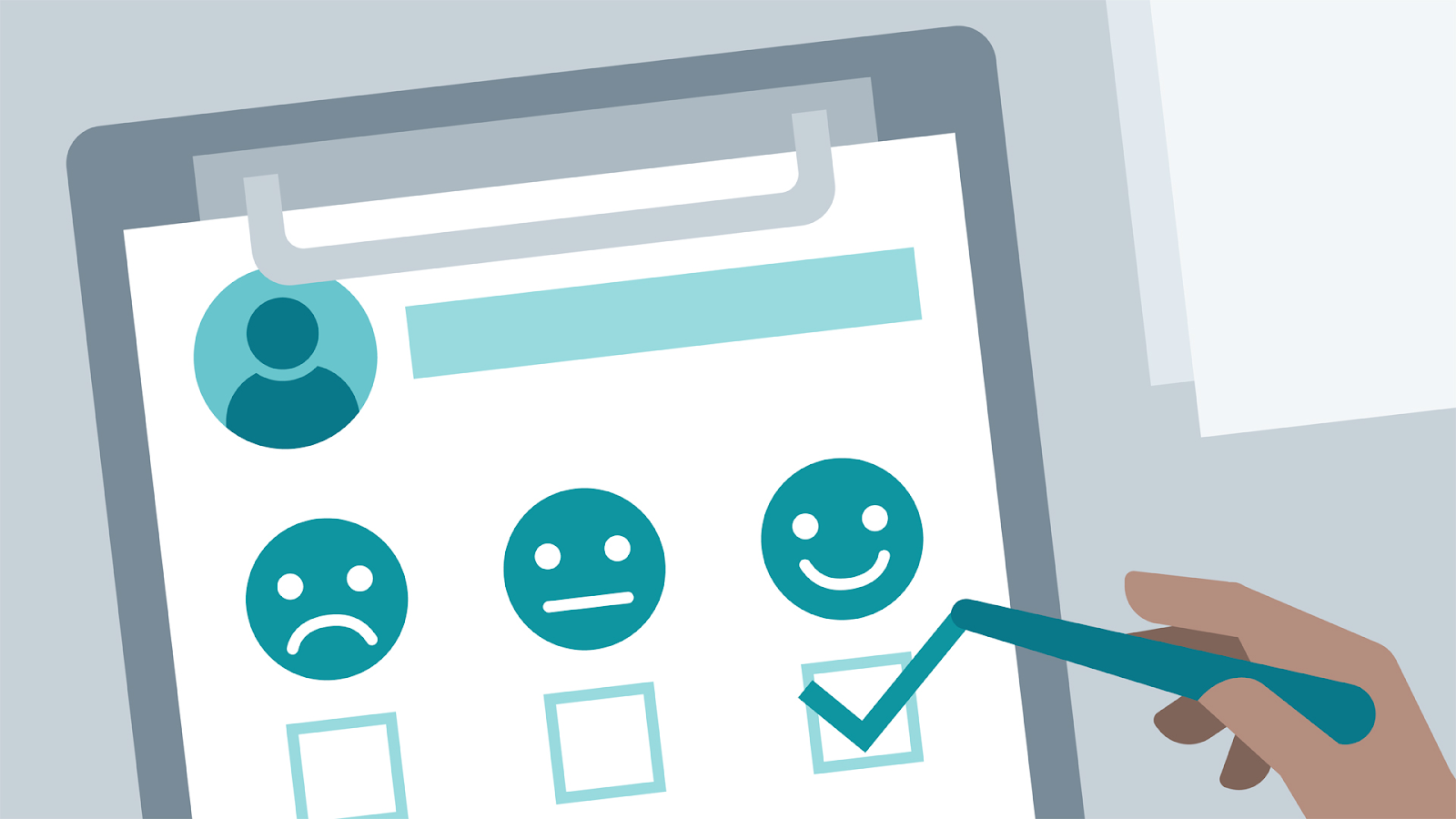
Credit: Linkedin
4. The customer buys something online
After visitors find what they need and add it to their cart, there needs to be an opportunity for them to make a purchase in the most efficient way possible. Sometimes this happens all at once while other times there are several steps to a checkout process.
5. Customers receive confirmation of their purchase
It's important to send a confirmation email after someone has completed the transaction and bought something from your site, so they can read all about it and get to know the relevant details such as when to expect their order, how it will be shown on their credit card, etc.
6. Customers sign up for a newsletter or other online features
If someone is considering becoming a member, he or she is going to want to know more about what it means and how they can help support the community. It's your job as an organization to use the customer journey map to make sure that there are opportunities for detailed information in the customer journey regarding membership benefits – and any additional programs or products that may be available for purchase later on.
7. The letter of welcome
When someone becomes a member/makes a purchase, you want him or her to feel welcome with your organization right away.
This doesn't mean that you have to go overboard with customized personalization (although this is always helpful), but sending a simple welcome email (or even a letter) is a good way to start.
This sets the right expectations with customers and introduces them to your personal brand.
8. Encouraging sign-ups for updates based on online purchases
The more someone becomes invested in what your organization does, the more he or she will be likely interested in additional programs or products that your company offers.
But before this happens, they may not have thought about how much value there would be from signing up just yet. That is why you should find a way to share updates with potential members, offering them a sneak peak into what they’re missing out on.
9. Telephone chat is available with customer service representatives
These reps can help your members even while they are away from their computers. Members can call up and get answers to questions that are preventing them from getting as much value from your site as they would like.
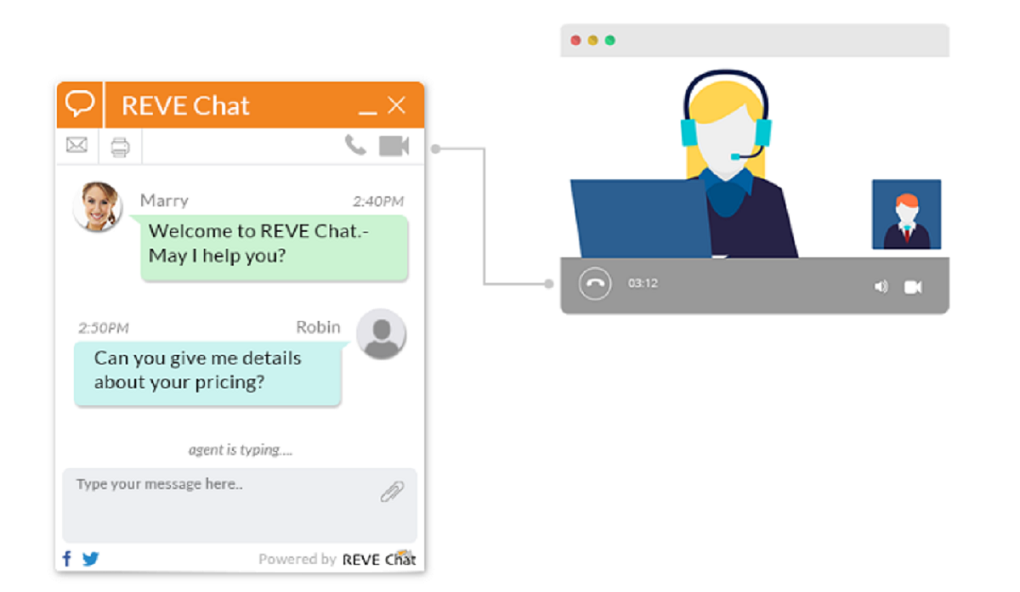
Credit: REVE Chat
10. Encouraging referrals and testimonials online
Another thing that can help spread the word about your organization is to provide customers with the opportunity to say good things about their experiences.
You can do this by providing a website page where people can share what they like about your business, which will also encourage others to share it too.
This is an important touchpoint because you can ask for it at various stages of the journey. Of course, the most effective time to do so is when someone is happy with a purchase they just made, but there are also other aspects to consider.
11. The option for customers to request additional information
Once people have signed up with you, the next step is to educate them on what else you offer. This way, when they're ready, they will know how to access more of your programs or products.
You should also allow customers access to specific information that you then add to a central repository of frequently asked questions. This allows customers to contribute to helping other future members, as well as gives you additional business ideas of what things might be improved in the product or service that you offer.
12. A call-to-action for newsletter subscriptions or promotional offers online
Once people are signed up for newsletters from your organization, it's important to keep them updated on what is happening. If someone has already purchased several things online, they will probably be interested in information about additional products or services that may relate to what they've bought.
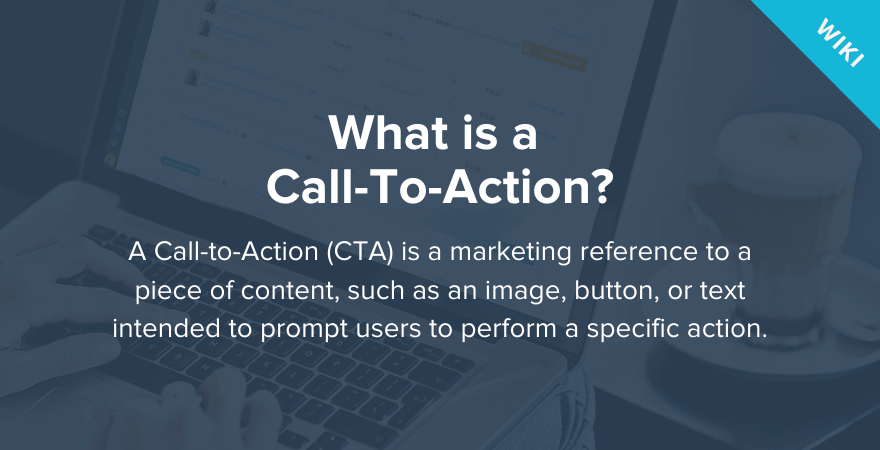
Credit: Oberlo
By sending out an email newsletter with these offers and a specific call to action, you'll be more likely to have a higher conversion rate - this works whether you are promoting a virtual event, product or even a service.
13. Encouraging additional product purchases through discount codes online
People who are already members often want to sign up for more things so they can get even more value from their investment. So if someone signs up for five or ten percent off, it might encourage him or her to sign up for even more products and services in the future.
Remember that you can send out coupons as part of any email marketing campaign (SMS messages work well with this too). This way, they will know about bonus offers right away.
 Credit: REVE Chat
Credit: REVE Chat
14. Providing an exclusive online store where customers can purchase additional membership benefits or other merchandise
After people have been members of your organization for a while, they may want to show their support by purchasing additional items that are exclusive yet related to what your company stands for.
For example, if someone wants to buy a custom, limited edition shirt with your logo on it (and feels like he or she is getting enough value from being a member), this is a good opportunity to sell it directly through your website.
15. Online chat with customer service representatives is available 24/7 for your convenience online
Besides the customer service emails or telephone numbers listed on your website, there could also be an option to reach out and ask questions via live chat on your site.
16. The ability to contact you through Facebook, Twitter, or other social media sites
People may think about signing up for new programs or products if you give them a link to follow on their favorite social media site. And if they do sign up, they'll be more likely to spread the word about how much value they're getting from being customers (which will help you reach more people).
Being able to connect to you on social media (which is where most people tend to hang out) is a great touchpoint to have in your customer journey.
17. Online tutorials or tips that explain how to best use a certain feature of your website online
It's important to make sure that customers are getting the most out of their experience. The better they understand what you do, both long and short term, the more likely they are going to continue being involved with your organization (and even refer others).
By providing tutorials and videos showcasing exactly how to use your product or service, members will feel that they are getting the most out of their purchase which leads to all sorts of great stuff as customers progress down your sales funnel.
18. Members have access to your blog
Your blog should be updated regularly with new articles on timely subjects like how to get more from social media and optimizing online sales (this depends on your niche).
So if someone is interested in your organization and what you do, this is a good place to find useful information about useful information that they should know about.
19. Members can access your private online community
You can provide members with a private forum or other social networking feature (like Facebook groups) that will allow them to have conversations with other people who are interested in the same things.
A private area where members can interact with each other is a great touchpoint because it will help develop trust and support.

Credit: ISM
Members love to be able to access information whenever they want (and from wherever they are), so this is something that you should make sure to work into your overall customer journey map strategy.
20. Offering continuing education for your most active members online
There are a lot of people who will purchase a membership to your organization and join in on one or two programs, but then stop participating.
Being able to offer them more value through events hosted through webinar software allows you to expose customers to new ideas regularly and will help keep their interest as long as possible. This is something that you should definitely make a part of your online customer journey strategy.
Conclusion
As you can see, there are plenty of ways to give your online members a great customer experience; after all, that's the only way to create lifelong customers. By focusing on these things, you'll reach as many people as possible in your niche while increasing revenue. Using a customer journey map is simply the best way that you can do this online. Keep in mind that the customer journey map is a guide, not a rule. You can modify it and change things around as needed to meet your organization's unique needs. However, you should always make sure that the touchpoints are in the order that makes sense for your organization so that people will have an easier time moving from one step to the next in their journey with you.
Author Bio
Hanson Cheng is the founder of Freedom to Ascend. He empowers online entrepreneurs and business owners to 10x their business and become financially independent. You can connect with him here.

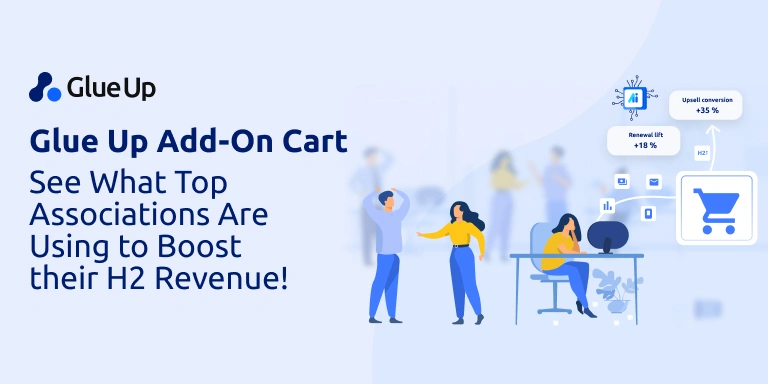
![Advantages Of Paperless Board Meetings [+ Tips] Advantages Of Paperless Board Meetings [+ Tips]](/sites/default/files/styles/all_blogs_block_img_384x192/public/ximage_1578.png,qitok=qnhEtzqs.pagespeed.ic.PT9zMW5PrP.jpg)
